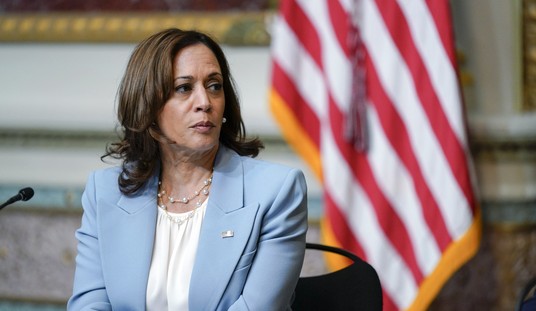Another House seat appears to be within grasp of a Democratic gain. New Hampshire’s First District, which is currently held by GOP Rep. Frank Guinta, has seen polling dip away from the Republicans’ favor. This district has a long history of flipping every two years. Former Democrat Rep. Carol Shea-Porter won the district in 2006, 2008, and 2012. She lost the district in 2010 and 2014. She is again seeking her seat and looks poised to take it back.
This adds to a moderate list of GOP-held seats expected to fall in Democratic hands come November. If you follow Roll Call’s current ratings (which adhere to various legitimate polls), seven GOP seats could flip this election cycle.
Polling shows Democrats currently winning Virginia’s Fourth District (thanks in part to court-ordered redistricting), Nevada’s Fourth, Minnesota’s Second, Iowa’s First, and Florida’s 10th and 13th Districts. All these districts are currently controlled by the GOP.
Why should none of this make Speaker Paul Ryan sweat? A net gain of seven seats is a paltry number compared to the 30 districts needed for Democrats to retake the House of Representatives. In fact, most analysts would consider this feat a mathematical impossibility.
This is especially true when you factor in the districts where Republicans look to play offense and possibly gain ground. The National Republican Congressional Committee is implementing their Young Guns program to head this effort.
Presidential election years usually serve Democrats better. Also, Trump has shown to be sinking down-ballot Republicans in competitive areas. Despite this landscape, 2016 doesn’t seem to be the year where Democrats can overcome the insurmountable House majority Republicans built in 2010 and 2014.
Democrats will undoubtedly blame gerrymandering by Republican state legislatures, but this isn’t entirely why the House is so safe for the Grand Old Party. Despite a landscape not in their favor at the presidential level, the GOP has performed very well regionally – winning in areas that perennially vote blue in presidential elections.
Recommended
Also, Democrats have been packing themselves in urban areas like never before. We can see this very clearly when examining the local results of the 2012 election. Obama won while only winning 22 percent of American counties. Michael Dukakis lost in a landslide to George Bush Sr. and he even won more counties than that with 26 percent. This makes a difference because liberal voters are stuffing themselves into already safe districts, essentially wasting their votes by not living in more competitive congressional districts.
Given the numerical mountain to climb and the local landscape helping the GOP, Nancy Pelosi need not get excited for a job promotion soon.

























Join the conversation as a VIP Member